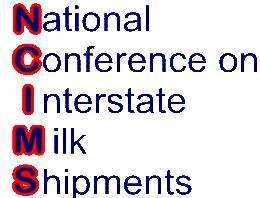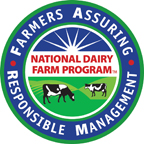As this column is being written, a far more challenging writing project is underway: key leaders of the House Agriculture committee are taking the concepts of NMPF’s Foundation for the Future (FFTF) program, and turning those concepts into legislative language suitable for consideration by Congress. We’ve been as clear as possible about how the key elements of FFTF will work, but NMPF doesn’t create and pass laws – Congress does – and it’s ultimately Congress’s role to craft the legislative package embodying the goals of FFTF.
Part of that effort will include assigning a price tag to the bill. The Congressional Budget Office will review the legislation, and assign it a score, or estimated cost. If you’ve paid any attention to what’s been happening in Washington, DC, in the past year, you know that budgets are tight now, and expected to get even tighter in the future. Farm programs are always at the top of the list of places to cut spending. In order for any farm policy to be taken seriously – including Foundation for the Future – we need it to cost no more than, and frankly, less than, the status quo programs.
There is a “baseline” of spending for dairy in the current Farm Bill; any new ideas can’t exceed the baseline. Anything that costs less than the current baseline will have appeal far beyond just the Agriculture Committee, because budget savings there will reflect well on the overall financial picture of the entire federal government. The timing of this congressional process is still a question mark, but we remain committed to working with the leadership of both the House, and the Senate, Agriculture committees, to make certain that revamping dairy policy is a priority.
One of the best ways for the dairy producer community to prompt Congress into action is by putting our collective weight behind one approach. We’ve done a lot of spadework in that regard in the past year plus, by reaching out to other farm groups, and by helping NMPF’s member cooperatives explain the benefits of FFTF to their producer-owners. But that process must continue.
Thus, another key next step for us, starting next month, is what we’re calling the Foundation for the Future Summer Grassroots Tour. I, along with other senior staff from NMPF, will embark on a cross-country tour to 12 cities (some large, mostly small) during a six week period to meet with farmers to discuss FFTF, explain its benefits, and answer their questions.
Consistently, what I’ve found is that face-to-face question and answer sessions help allay virtually all confusion or concern people have with the elements of FFTF. This program is a major leap forward, and certainly a dramatic change, from the status quo. It’s natural there will be hesitancy or uncertainty. Our Grassroots tour will help address that situation.
Here are the dates and locations for the tour (in the coming weeks, we’ll post information on the specific sites and times within each city on the www.futurefordairy.com website): Olympia, WA, July 12; Visalia, CA, July 13; Lubbock, TX, July 18; Alexandria, MN, July 20; Dubuque, IA, July 21; Lansing, MI, July 26; Green Bay, WI, July 27; Stevens Point, WI, July 28; Harrisburg, PA, August 8; Syracuse, NY, August 10; Ocala, FL, August 12; and Nashville, TN, August 22.
The budget dynamic is going to make changing any federal policy, including dairy programs, a real challenge. These are tough steps to climb, but not impossible. What will make it much easier to stride ahead is by working together. Farmers united are a force that Congress must reckon with, one that can’t be ignored. We have to make it happen, and that is both our opportunity, and our obligation, in the coming months.





 Level Will Remain at 750,000
Level Will Remain at 750,000




